Despite North Korea’s consistent assertion that it will not disarm “unilaterally,” the leaders of the United States and South Korea seem convinced that it is finally serious about giving up its nuclear arsenal. Is it? Eric Brewer and Jung Pak explain how we would know. This piece originally appeared in The Atlantic.
On Monday, Secretary of State Mike Pompeo returned from what he described as “productive” conversations with North Korea’s leader, Kim Jong-un. Although details are still emerging from the meeting, which took place in Pyongyang, one outcome is clear: Both sides are eager to push forward with a second summit between President Donald Trump and Kim as soon as possible.
But the question of denuclearization still hangs over these negotiations. Despite North Korea’s consistent assertion that it will not disarm “unilaterally” and that Washington must remove sanctions against the country, the leaders of the United States and South Korea seem convinced that it is finally serious about giving up its nuclear arsenal. President Trump has repeatedly defended Kim as an “honorable” man committed to denuclearization. After three meetings with Kim, South Korean President Moon Jae In seems even more convinced that Kim—unlike his father and grandfather—is serious.
Most North Korea and nuclear experts—the authors of this article, included—doubt that Kim has decided to abandon his nuclear-weapons program. North Korea has an established pattern of dragging out negotiations and breaking its commitments. In addition, the baseline conditions necessary for Kim to make such a strategic change appear to be absent.
For example, Kim would need assurances that whatever concessions the Trump administration provides—such as a peace declaration leading to a peace treaty or the reduction or removal of U.S. troops on the Korean peninsula—are permanent and legally binding. He also likely needs to believe that Seoul is committed to a foreign policy untethered to U.S. preferences, and that North Korea’s nuclear-weapons program—upon which he has staked his legitimacy and power, and his country’s security and prosperity—is a greater threat to these goals than an asset. On top of all this, he would almost certainly have to be convinced that he would not suffer the fate of Muammar Qaddafi and Saddam Hussein, key examples the regime brings up to assert its nuclear-weapons status.
Even the steps North Korea has taken to date, which include reportedly destroying a nuclear-weapons test site and dismantling a missile-test facility, are either reversible or have little to no technical impact, given the advanced state of its nuclear and missile programs. In essence, they are low-to-no-cost moves for Pyongyang.
But leaders can always surprise us. Libya abandoned a struggling nuclear-weapons effort in exchange for sanctions relief and a fundamentally different relationship with the West. The government of South Africa decided to chart a different course, free of nuclear weapons. After the Iraq War, it was discovered that Saddam did not have an active nuclear-weapons program, but that he was unable to come completely clean, in part because he had to keep his adversaries guessing. These situations do not offer a perfect parallel to that of North Korea, which has an advanced nuclear-weapons program. But they do suggest that change is possible, and that it can be hard, in the moment, to distinguish between a tough—or perhaps insecure—negotiator and an honest one.
Although it’s quite unlikely that Kim is willing to fully denuclearize, his reluctance so far to make meaningful concessions does not necessarily indicate that he hasn’t made the shift that Trump and Moon claim. Even if he is willing to denuclearize, it would be logical for him to approach the United States—a longtime adversary—and South Korea with caution. He would want to do as little as possible at the outset in order to retain his negotiating leverage.
This is where Kim could take steps to show that, even if he’s unwilling to give up all of his weapons tomorrow, his strategic intentions have changed. Sending such signals would be costly for him, because they would require risking his prestige, resources, and time. Sending such signals would also chip away at his regime’s ideological foundations. For North Korea watchers, going through the exercise of identifying such signals is important: It will help us make agile assessments about Kim’s intentions, and allow us to better identify and exploit opportunities to move the regime closer to denuclearization.
So what are some signals Kim could use to convey a decision to abandon his nuclear-weapons program in a way that doesn’t force him to give up too much too soon?
First, Kim could commit to a serious working-level dialogue with the United States, with the goal of hashing out a step-by-step process toward denuclearization with a timeline aimed at preventing the North Korean leader from dragging things out. While reports indicate that North Korea recently committed to hold working-level meetings in advance of the second summit, the remit of this group is unclear. This group needs to be the venue for technical discussions on denuclearization and corresponding measures, not some event-planning committee. While committing to a real process would not require that Kim give anything away up front, it would require him to lay out all the steps he is willing to take to bring about a nonnuclear North Korea. Like the early U.S.-Iran and U.S.-Libya talks that ultimately led to diplomatic breakthroughs, this need not be a well-publicized dialogue and could occur quietly behind the scenes.
Second, Pyongyang could stop the growth of its nuclear stockpile by halting the production of fissile material, and allow Washington to verify the halting of that production. This could be announced publicly or conveyed privately to the United States. Such a pause is reversible, and would allow Kim to retain his current arsenal for now, but it would carry more weight than the steps he has taken so far. These steps would be costly because they would acknowledge the need for meaningful verification—an issue of significant importance to Washington in any final agreement, and a sensitive one for Pyongyang.
Third, Kim could change long-standing North Korean definitions of denuclearization and narratives about the importance of nuclear weapons to North Korean security and prosperity. For years, the regime has defined denuclearization as that of the “Korean peninsula,” a reference to the U.S nuclear umbrella over South Korea and Japan and to the removal of U.S. troop presence. Kim’s public reframing of denuclearization might suggest that he is willing to de-link the U.S.-South Korea alliance from the nuclear issue and tacitly acknowledge Washington’s and the international community’s refusal to accept North Korea as a nuclear-weapons power. Similarly, were Kim to change his public narrative that North Korea can have both nuclear weapons andprosperity, and instead emphasize that North Korea needs to abandon its nuclear weapons to meet its economic goals, this would send a signal that perhaps Kim is ready to abandon his programs and adopt a different relationship with Washington. Qaddafi crafted a similar narrative when his regime announced its decision to abandon its weapons of mass destruction and rejoin the international community.
Although none of these would prevent North Korea from bailing on the diplomatic process at some point down the road, they would make it more costly for Pyongyang to do so, and would merit the United States sticking with dialogue perhaps longer than might otherwise be the case.
The Brookings Institution is committed to quality, independence, and impact.
We are supported by a diverse array of funders. In line with our values and policies, each Brookings publication represents the sole views of its author(s).

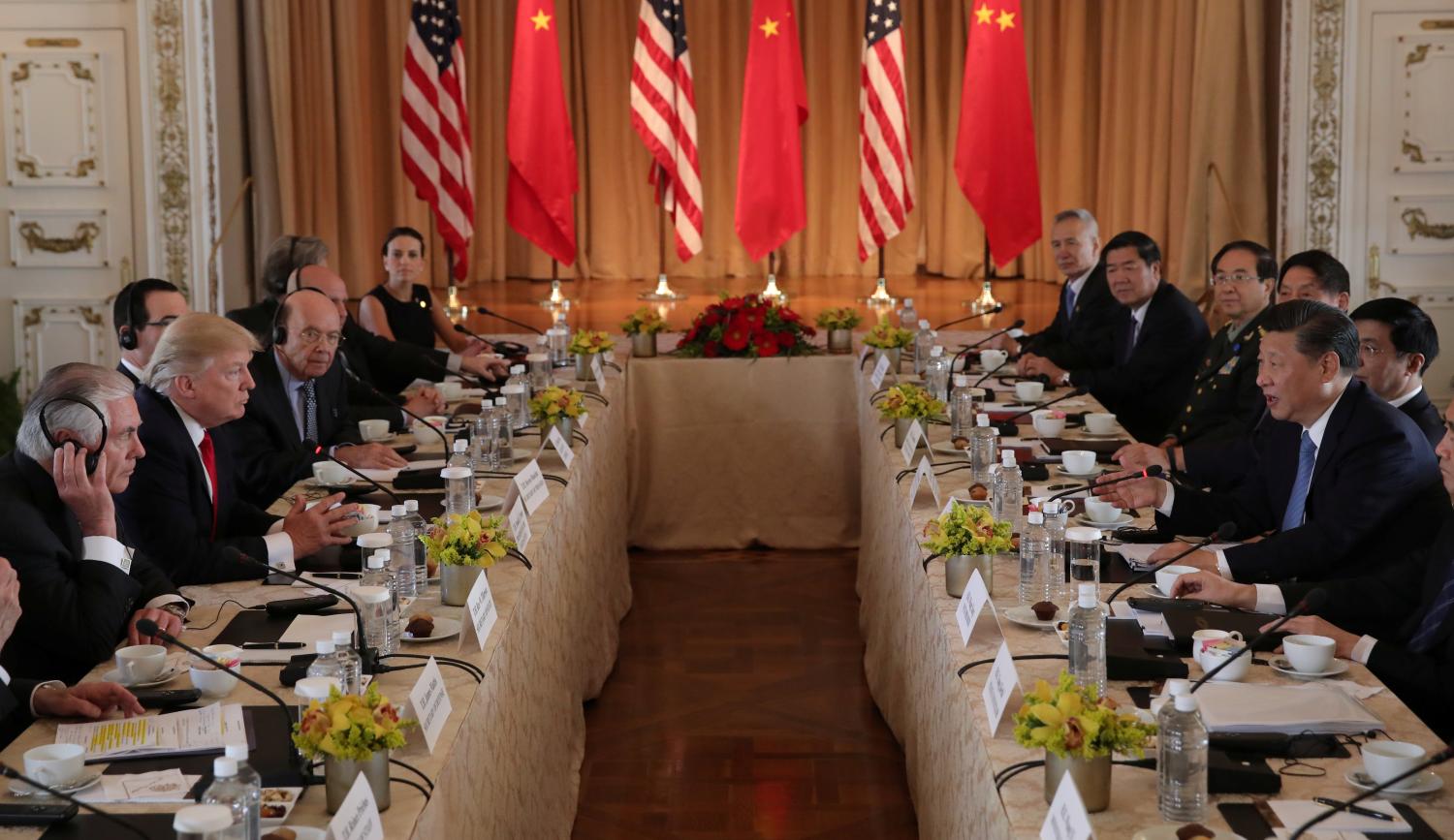
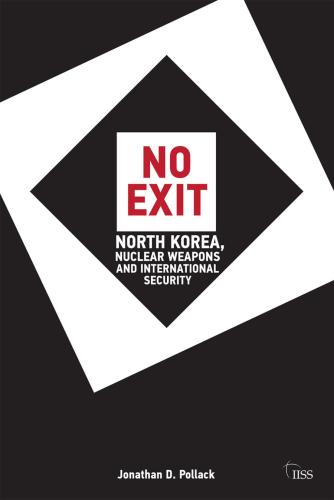
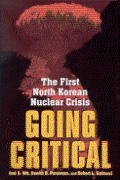
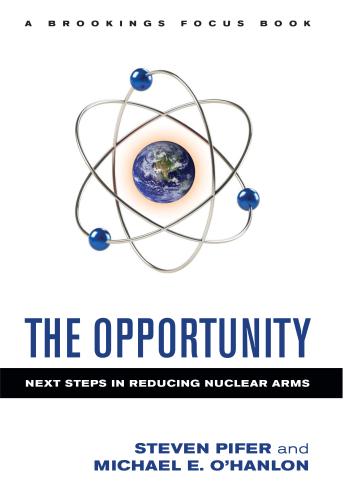
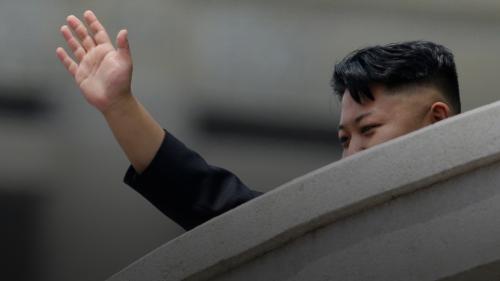
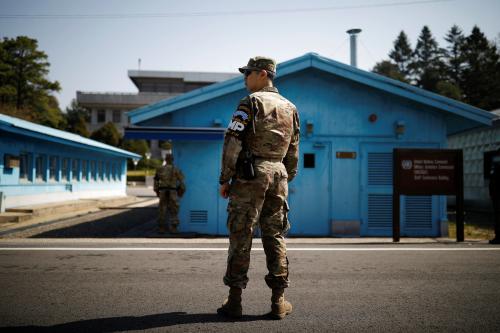
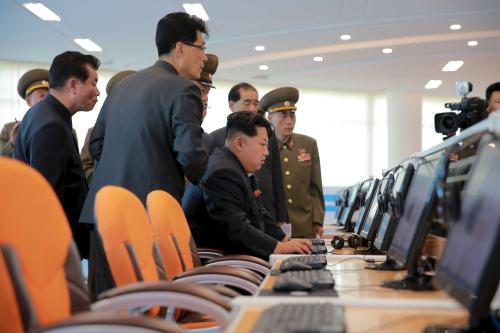


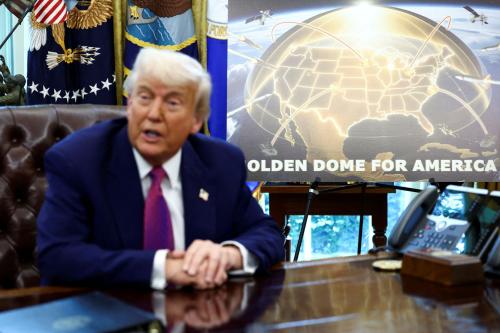
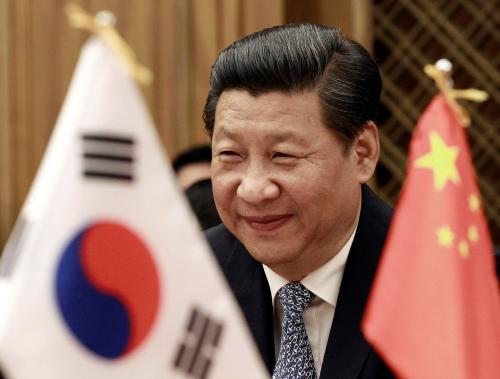
Commentary
How to tell when North Korea starts to denuclearize
October 11, 2018